Home>Technology>Smart Home Devices>What Is A Screen Printer
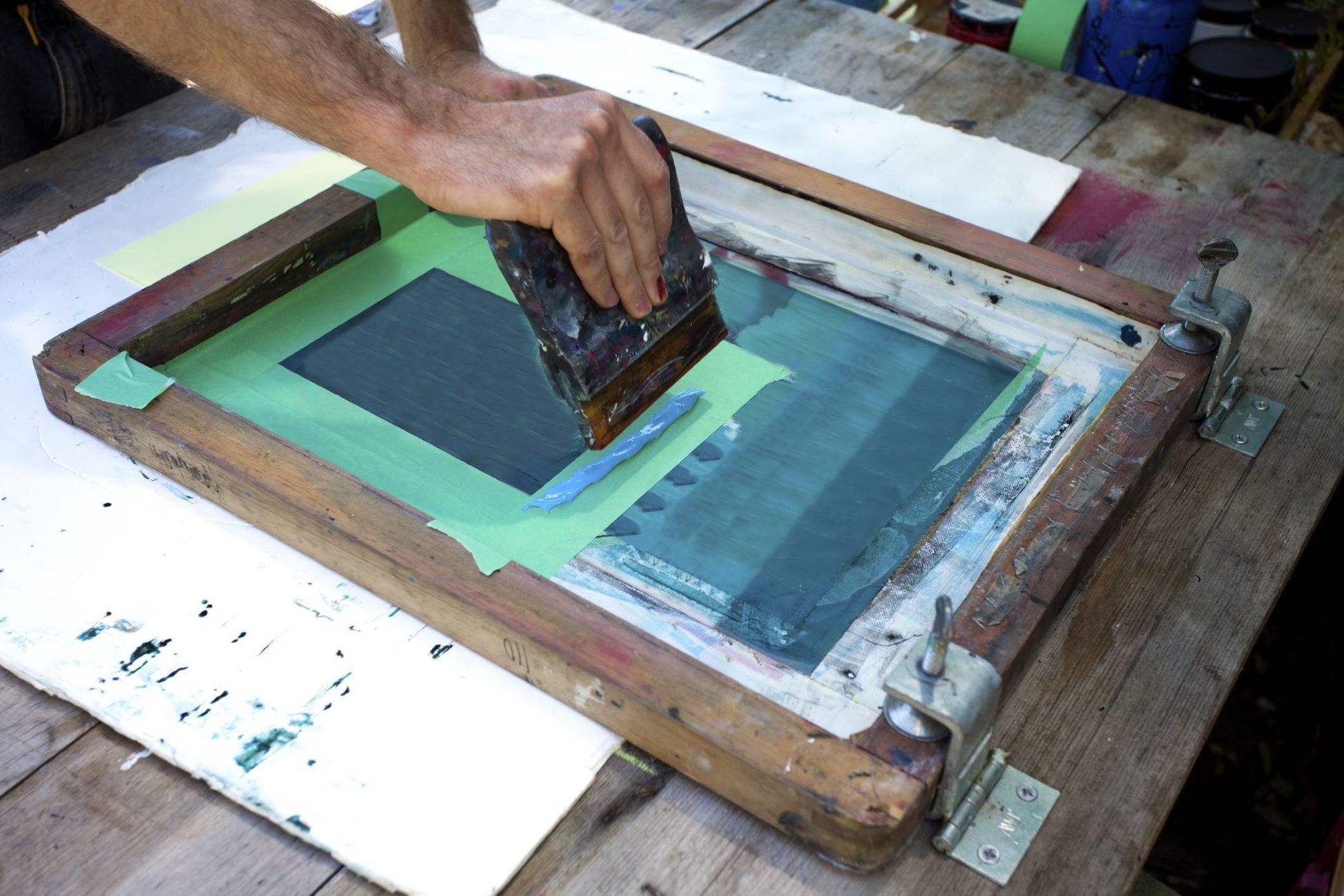

Smart Home Devices
What Is A Screen Printer
Published: January 12, 2024
Discover how screen printers work and their role in creating smart home devices. Learn about the technology behind these essential manufacturing tools.
(Many of the links in this article redirect to a specific reviewed product. Your purchase of these products through affiliate links helps to generate commission for Storables.com, at no extra cost. Learn more)
**
Introduction
**
Welcome to the fascinating world of screen printing! This timeless printing method has been an integral part of various industries for decades, and its versatility continues to captivate artists, designers, and manufacturers alike. In this comprehensive guide, we will delve into the intricacies of screen printing, exploring its definition, historical significance, printing process, applications, as well as its advantages and disadvantages. Whether you are a curious enthusiast or a professional seeking to expand your knowledge, this article aims to provide valuable insights into the art and science of screen printing. So, let's embark on this enlightening journey to unravel the magic behind this captivating printing technique.
**
Key Takeaways:
- Screen printing is a versatile and enduring method that creates vibrant, long-lasting prints on various materials, making it perfect for custom designs on apparel, posters, and industrial products.
- While screen printing offers precise color reproduction and durability, it requires meticulous setup and may have limitations in fine details, making it important to weigh its advantages and disadvantages for specific printing needs.
Read more: What Is A Screened Porch
Definition of Screen Printing
**
Screen printing, also known as silk screening, is a versatile and widely used printing technique that involves transferring ink through a mesh screen onto a substrate, such as fabric, paper, glass, metal, or plastic. This method is renowned for its ability to produce vibrant and long-lasting prints with exceptional detail and precision. The process relies on a stencil, which is formed by blocking off areas of the screen that are not meant to be printed, allowing the ink to pass through the unblocked areas onto the substrate below. Whether it’s creating intricate designs on apparel, producing high-quality posters, or adding branding to industrial products, screen printing offers a myriad of possibilities for artistic expression and commercial applications.
One of the defining characteristics of screen printing is its adaptability to a wide range of materials, making it a preferred choice for creating custom designs on various surfaces. The versatility of screen printing extends to its compatibility with different types of inks, including water-based and plastisol inks, as well as specialty inks such as metallic and glow-in-the-dark formulations. This flexibility enables artists and manufacturers to achieve diverse visual effects and textures, elevating the impact of their printed creations.
Moreover, screen printing allows for precise color reproduction and layering, empowering designers to craft multi-colored prints with remarkable accuracy. By using separate screens for each color in the design, intricate and vibrant artwork can be achieved, adding depth and dimension to the final printed products. Whether it’s a limited-edition art print or a complex graphic for commercial packaging, the versatility and precision of screen printing make it a preferred choice for achieving exceptional visual results.
Furthermore, the durability of screen-printed designs is a hallmark of this technique. The ink is cured or set through various methods, such as heat treatment or air drying, resulting in prints that can withstand repeated washing, exposure to the elements, and other environmental factors. This durability makes screen printing ideal for creating long-lasting designs on apparel, accessories, and industrial components, ensuring that the printed imagery remains vivid and intact over time.
Overall, the definition of screen printing encompasses its adaptability to diverse substrates, its versatility in ink selection, its precision in color reproduction, and its durability in producing long-lasting prints. These attributes collectively position screen printing as a dynamic and enduring printing method that continues to inspire creativity and innovation across various industries.
**
History of Screen Printing
**
The history of screen printing can be traced back over a thousand years, with its origins rooted in ancient art forms and traditional craftsmanship. The earliest evidence of screen printing dates back to the Song Dynasty in China (960-1279 AD), where stencils were used to transfer designs onto fabric and other materials. This rudimentary form of screen printing laid the foundation for the evolution of the technique into a sophisticated and widely practiced method of printing.
Fast forward to the 20th century, screen printing underwent significant advancements, particularly in the realm of commercial and industrial applications. During the early 1900s, screen printing gained traction as a cost-effective and efficient method for reproducing advertisements, signage, and promotional materials. The introduction of photo-reactive chemicals and photo emulsions in the 1910s revolutionized the screen printing process, enabling the creation of intricate stencils with unprecedented precision.
Amidst the technological innovations of the mid-20th century, screen printing experienced a surge in popularity, becoming synonymous with the vibrant art and cultural movements of the era. The 1960s and 1970s witnessed the rise of screen printing as a prominent medium for artistic expression, particularly within the realms of poster art, graphic design, and apparel decoration. The iconic psychedelic posters and album covers of the era, characterized by bold colors and intricate patterns, showcased the boundless creative potential of screen printing.
Simultaneously, screen printing became an indispensable tool for industrial applications, offering a reliable and versatile method for imprinting designs on various substrates. From automotive components to electronic circuitry, screen printing played a pivotal role in the manufacturing and branding of consumer goods, leveraging its adaptability and precision to meet the demands of diverse industries.
In recent decades, the integration of digital technologies and automated equipment has further propelled the evolution of screen printing, enhancing its efficiency and expanding its capabilities. Modern advancements in screen-making techniques, ink formulations, and printing machinery have elevated the quality and scope of screen-printed products, enabling the realization of intricate designs and vibrant imagery with unparalleled accuracy.
Today, screen printing continues to thrive as a dynamic and enduring printing method, bridging the realms of art, commerce, and industry. Its rich history, marked by centuries of innovation and cultural significance, underscores the enduring legacy of this versatile printing technique, inspiring creators and manufacturers to push the boundaries of visual expression and product customization.
**
Screen Printing Process
**
The screen printing process encompasses a series of precise steps that culminate in the creation of vibrant and durable prints on various substrates. From preparing the screen to curing the ink, each stage plays a crucial role in achieving exceptional print quality and consistency. Let’s explore the key elements of the screen printing process:
Screen Preparation:
The process begins with preparing the screen, typically made of polyester, nylon, or stainless steel mesh. A stencil, known as the screen’s emulsion, is created by coating the mesh with a light-sensitive emulsion. The emulsion-coated screen is then exposed to UV light through a film positive, which contains the desired design. Where the UV light passes through the clear areas of the film positive, the emulsion hardens, creating the stencil that will define the printed image. Once exposed, the screen is washed to reveal the unhardened emulsion, leaving behind the stencil ready for printing.
Ink Preparation:
Selecting the appropriate ink is crucial to achieving the desired visual and tactile effects. Whether it’s water-based, plastisol, or specialty ink, the choice of ink influences the color vibrancy, texture, and durability of the print. Ink is carefully mixed to achieve the desired hue and consistency, ensuring optimal performance during the printing process.
Printing Setup:
The prepared screen is securely mounted onto a printing press, aligning it with the substrate to ensure accurate and consistent prints. For multicolor designs, multiple screens are used, with each screen corresponding to a specific color in the artwork. Registration marks are employed to ensure precise alignment of each color layer, facilitating seamless color blending and registration during printing.
Printing Technique:
As the substrate is positioned beneath the screen, a measured amount of ink is deposited onto the screen’s surface. A squeegee is then pulled across the screen, forcing the ink through the open areas of the stencil and onto the substrate below. The squeegee’s pressure and angle influence ink deposition, allowing for precise control over the ink transfer and print quality. This process is repeated for each color layer, with careful attention to registration and ink consistency to achieve cohesive and vibrant prints.
Curing the Ink:
Once the print is complete, the ink must be cured to ensure durability and wash-fastness. Depending on the ink type, curing is achieved through heat treatment, UV exposure, or air drying. This step solidifies the ink, bonding it to the substrate and ensuring long-lasting color retention and resistance to wear and tear.
Final Inspection:
After curing, the printed substrate undergoes a final inspection to assess print quality, color accuracy, and overall consistency. Any necessary touch-ups or adjustments are made to ensure that the finished prints meet the desired standards before being prepared for distribution or further processing.
The screen printing process, characterized by meticulous preparation, precise ink application, and meticulous curing, culminates in the creation of enduring and visually striking prints. Its adaptability to various substrates and inks, coupled with its potential for intricate multicolor designs, positions screen printing as a versatile and impactful printing method across diverse creative and commercial domains.
**
When screen printing, make sure to properly prepare the screen by degreasing and coating it with emulsion. This will ensure clean and crisp prints.
Applications of Screen Printing
**
Screen printing’s versatility and ability to produce vibrant, durable prints have established its relevance across a wide spectrum of applications, spanning artistic, commercial, and industrial domains. The adaptability of this printing method to diverse substrates and inks has fueled its widespread utilization in various contexts. Let’s explore the diverse applications of screen printing:
Textile and Apparel:
One of the most prominent applications of screen printing is in the textile and apparel industry. From custom t-shirts and hoodies to intricately designed fabric patterns, screen printing offers a cost-effective and efficient method for imprinting designs on garments. Its ability to produce vivid, long-lasting prints on fabric has made it a preferred choice for creating branded merchandise, personalized apparel, and fashion-forward textiles.
Posters and Fine Art Prints:
Screen printing has long been celebrated as a medium for producing high-quality posters and fine art prints. The process’s capacity to achieve vibrant colors, precise details, and tactile textures lends itself to the creation of visually captivating artwork. From limited-edition art prints to bold graphic posters, screen printing continues to be embraced by artists and printmakers seeking to imbue their creations with depth and character.
Signage and Promotional Materials:
Commercial applications of screen printing extend to the production of signage, banners, and promotional materials. The method’s ability to produce bold, eye-catching graphics on various substrates, including vinyl, plastic, and metal, makes it an ideal choice for creating impactful signage for businesses, events, and advertising campaigns. Additionally, promotional items such as branded merchandise, stickers, and decals benefit from the durability and visual appeal of screen-printed designs.
Industrial and Product Printing:
Screen printing plays a vital role in industrial and product printing, where durable and precise imaging is essential. From labeling and branding industrial components to imprinting electronic circuitry and automotive parts, screen printing offers a reliable and adaptable solution for integrating designs onto a diverse range of surfaces. Its durability and resistance to environmental factors make it well-suited for industrial applications.
Packaging and Labeling:
The method’s ability to produce intricate, multi-colored designs has positioned screen printing as a valuable resource for packaging and labeling. Whether it’s embellishing product packaging with vibrant graphics or creating custom labels for consumer goods, screen printing enables manufacturers to enhance the visual appeal and branding of their products. The method’s adaptability to various packaging materials further expands its utility in this domain.
Customized Accessories and Specialty Items:
Screen printing’s versatility extends to a myriad of specialty items and accessories, including promotional gifts, accessories, and novelty products. From branded merchandise such as tote bags and hats to unique promotional items like drinkware and tech accessories, screen printing offers a customizable and visually impactful means of personalizing a wide array of products.
The diverse applications of screen printing underscore its enduring relevance and impact across artistic, commercial, and industrial spheres. Its ability to imbue designs with vibrancy, durability, and tactile appeal continues to inspire creators and manufacturers to leverage the potential of this dynamic printing method across a myriad of creative and commercial endeavors.
**
Read more: What Is Gain In A Projector Screen
Advantages and Disadvantages of Screen Printing
**
Screen printing offers a multitude of advantages that have solidified its status as a preferred printing method across various industries. From exceptional color vibrancy to enduring durability, the technique’s strengths are complemented by certain limitations that warrant consideration. Let’s explore the advantages and disadvantages of screen printing:
Advantages:
-
Vibrant and Long-Lasting Prints: Screen printing excels in producing vivid, high-quality prints that exhibit remarkable color saturation and longevity. The method’s ability to deposit a substantial amount of ink onto the substrate results in durable and visually striking imagery that withstands repeated wear and washing.
-
Versatility Across Substrates: From textiles and paper to metal and plastic, screen printing demonstrates remarkable adaptability to a wide range of materials, offering a versatile solution for imprinting designs on diverse substrates.
-
Precise Color Reproduction: The process allows for precise color matching and layering, enabling the creation of intricate multicolor designs with exceptional accuracy and consistency.
-
Durability and Resistance: Screen-printed designs exhibit superior resistance to environmental factors, making them suitable for outdoor use, industrial applications, and products requiring long-lasting branding.
-
Customization and Personalization: Screen printing facilitates the creation of custom designs, allowing for personalized branding, artwork, and promotional materials tailored to specific requirements and preferences.
-
Cost-Effective for Large Runs: When producing a high volume of prints, screen printing offers cost advantages, as the per-unit cost decreases with larger quantities, making it an economical choice for bulk orders.
Disadvantages:
-
Complex Multicolor Registration: Achieving precise registration and alignment of multiple colors in a design can be challenging, requiring meticulous setup and careful attention to ensure seamless color blending and accuracy.
-
Setup and Preparation Time: The process of preparing screens, aligning substrates, and mixing inks can be time-consuming, particularly for intricate designs and multicolor prints, impacting production lead times.
-
Limited Detail in Fine Artwork: While screen printing excels in producing bold and vibrant imagery, it may pose limitations in rendering fine details and subtle gradients, especially when compared to digital printing methods.
-
Not Economical for Small Runs: For small-scale production or designs requiring frequent color changes, the setup costs and time investment associated with screen printing may render it less cost-effective compared to digital or direct-to-garment printing.
-
Environmental Considerations: The use of solvent-based inks and chemicals in the screen printing process may raise environmental concerns, necessitating proper waste management and adherence to eco-friendly practices.
While screen printing boasts numerous strengths, including vibrant color reproduction, substrate versatility, and durability, it is important to consider the associated challenges, such as complex color registration, setup time, and limitations in fine detail. By weighing the advantages and disadvantages, creators and manufacturers can make informed decisions regarding the suitability of screen printing for their specific printing requirements and production goals.
**
Conclusion
**
As we conclude our exploration of screen printing, it becomes evident that this time-honored printing method embodies a dynamic fusion of artistry, precision, and practicality. From its ancient origins to its modern-day applications, screen printing has evolved into a versatile and enduring technique that continues to inspire creativity and innovation across diverse domains.
The rich history of screen printing, marked by centuries of innovation and cultural significance, underscores its enduring legacy as a medium for artistic expression, commercial branding, and industrial integration. The method’s adaptability to diverse substrates, its capacity for vibrant and long-lasting prints, and its potential for intricate multicolor designs position it as a cornerstone of visual communication and product customization.
While the process presents certain challenges, such as complex color registration and setup considerations, its advantages, including precise color reproduction, durability, and cost-effectiveness for large runs, underscore its relevance and impact in the creative and commercial landscape.
As technology and innovation continue to shape the printing industry, screen printing remains a steadfast and influential printing method, bridging the realms of tradition and modernity. Its ability to imbue designs with enduring vibrancy, tactile appeal, and visual impact ensures that it will continue to be embraced by artists, designers, and manufacturers seeking to elevate their creations and products.
Whether it’s adorning apparel with custom designs, producing vibrant posters and fine art prints, or integrating branding onto industrial components, screen printing stands as a testament to the enduring marriage of artistry and functionality. Its timeless allure and enduring relevance serve as a testament to the enduring legacy of this captivating printing technique.
In essence, the art and science of screen printing encapsulates a harmonious blend of tradition, innovation, and limitless potential, inviting creators and manufacturers to explore the boundless possibilities of this dynamic and enduring printing method.
Frequently Asked Questions about What Is A Screen Printer
Was this page helpful?
At Storables.com, we guarantee accurate and reliable information. Our content, validated by Expert Board Contributors, is crafted following stringent Editorial Policies. We're committed to providing you with well-researched, expert-backed insights for all your informational needs.


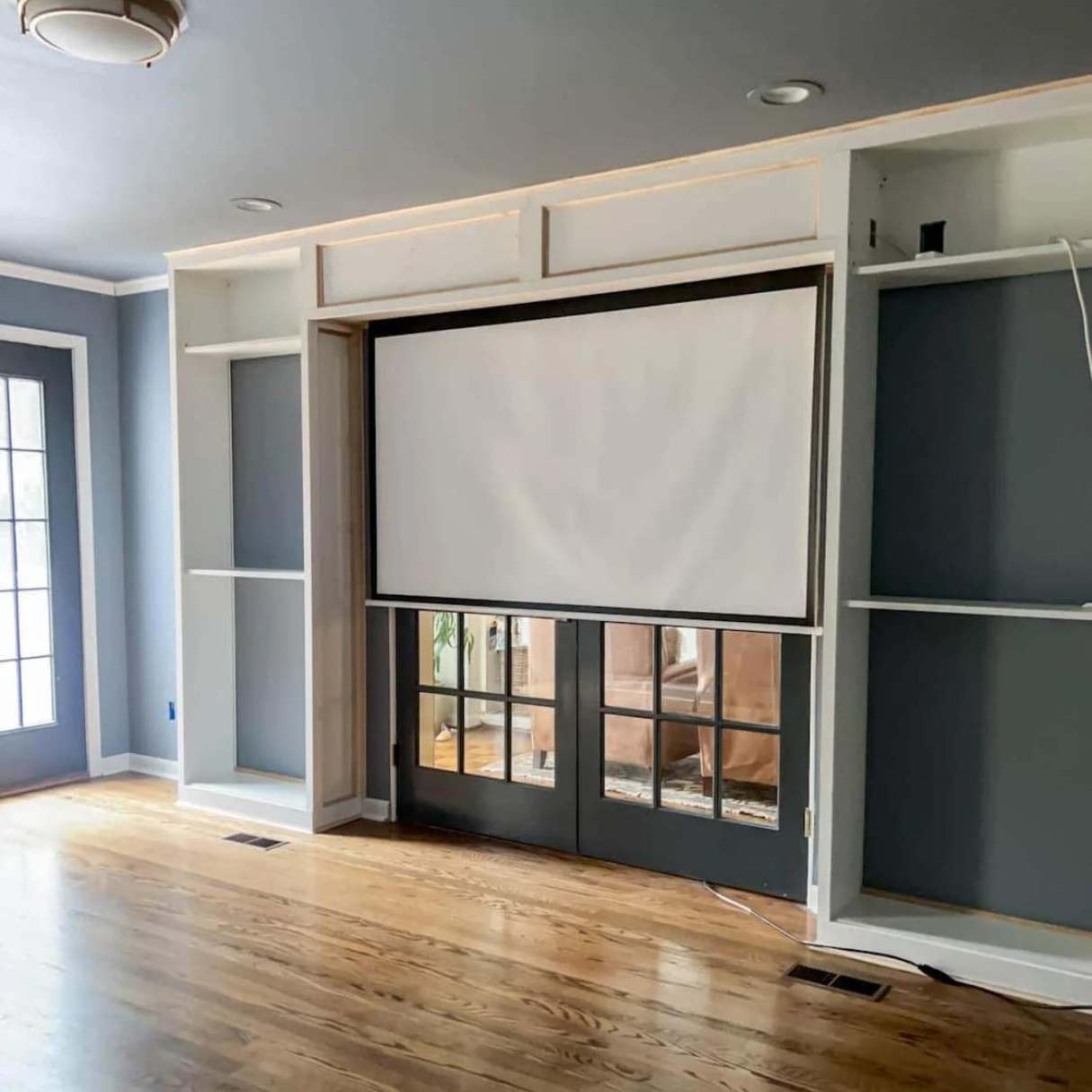


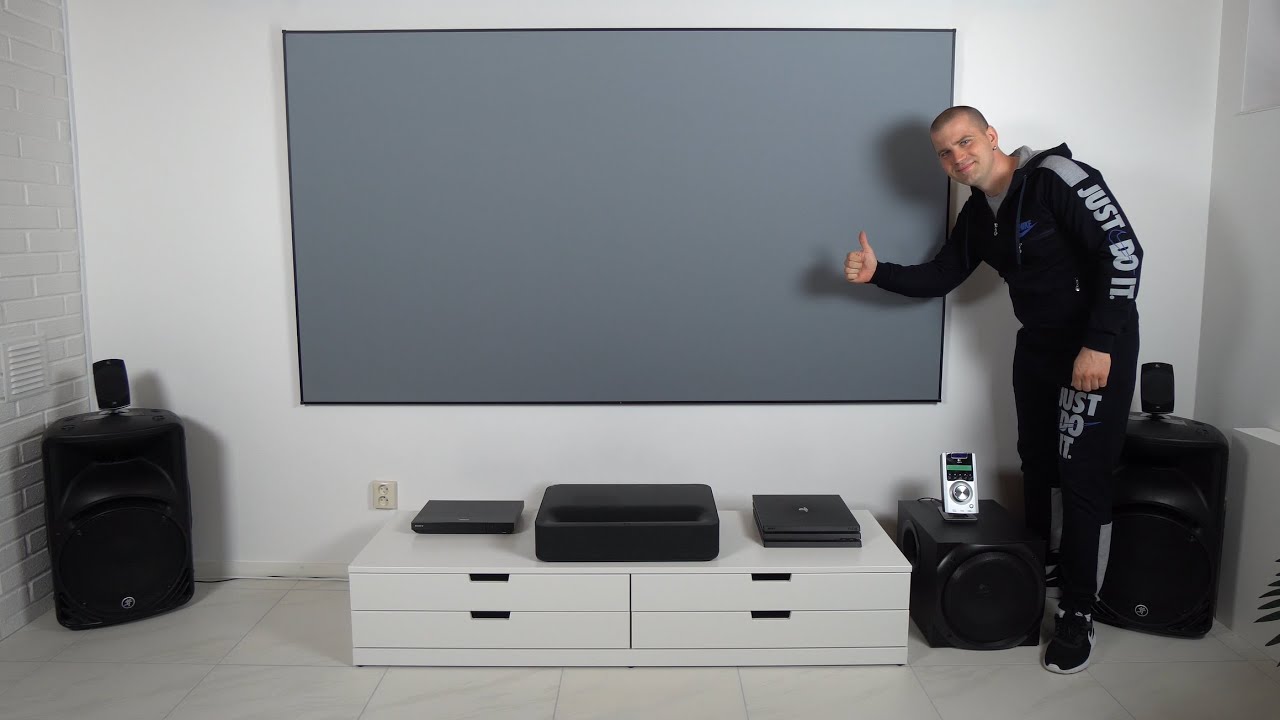

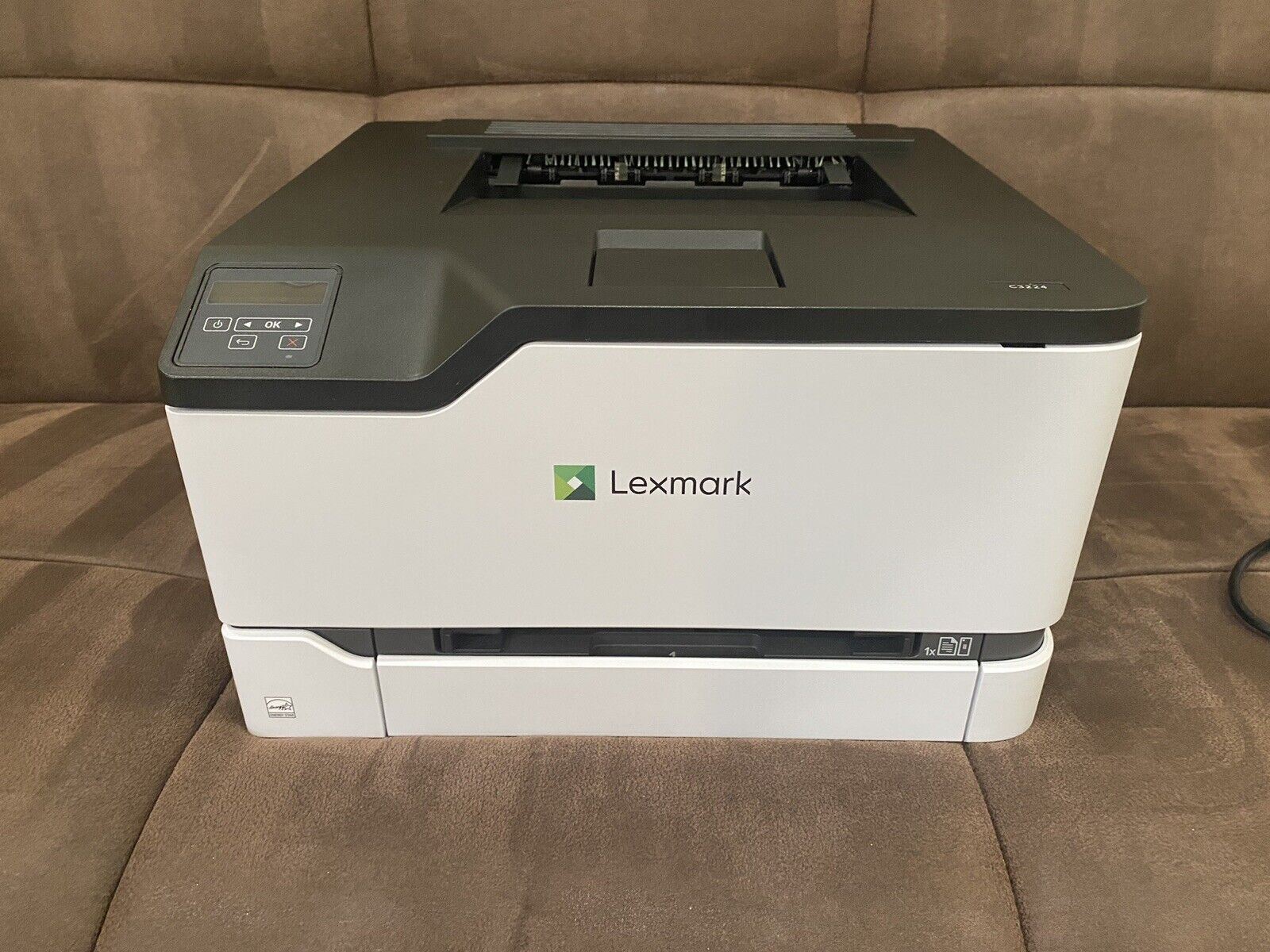
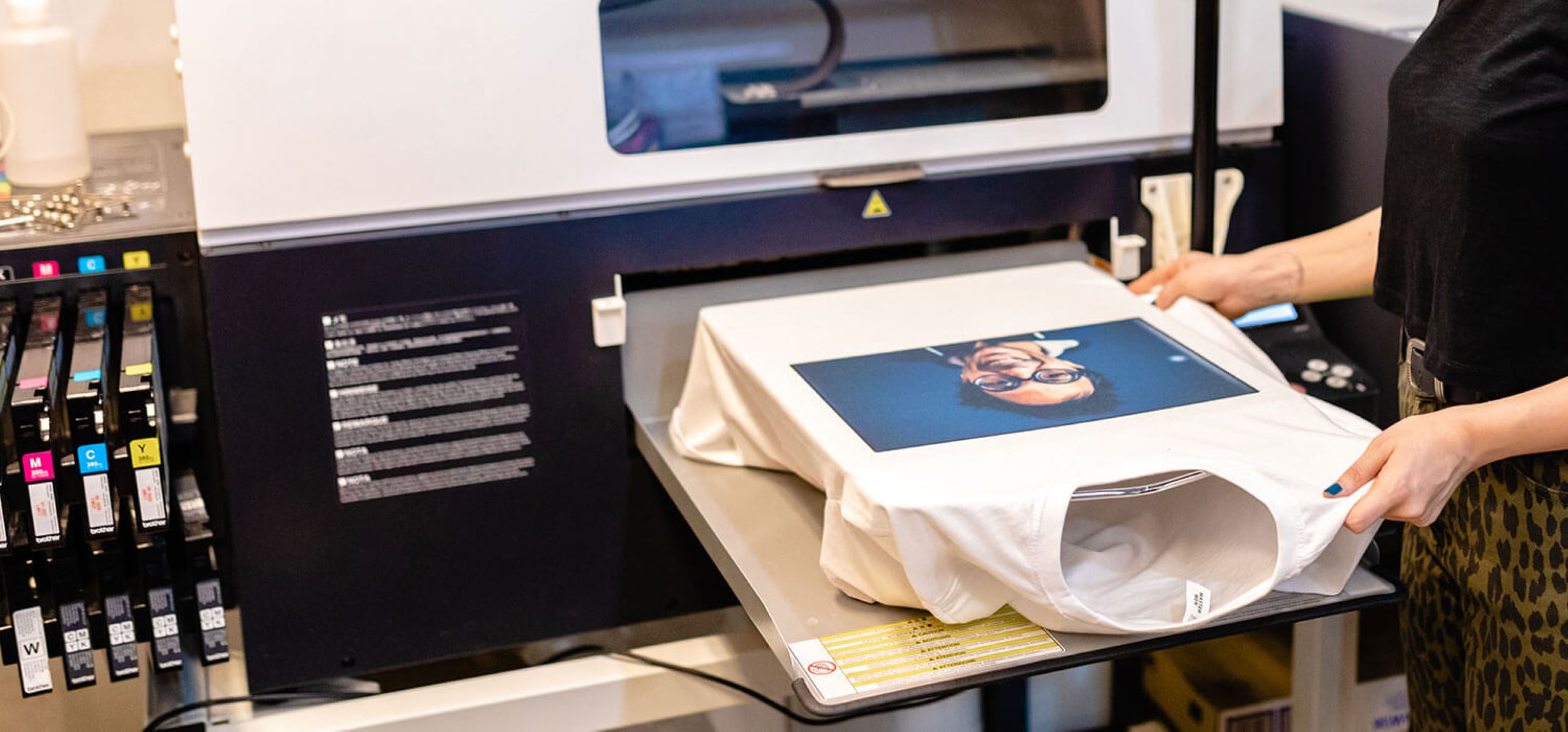
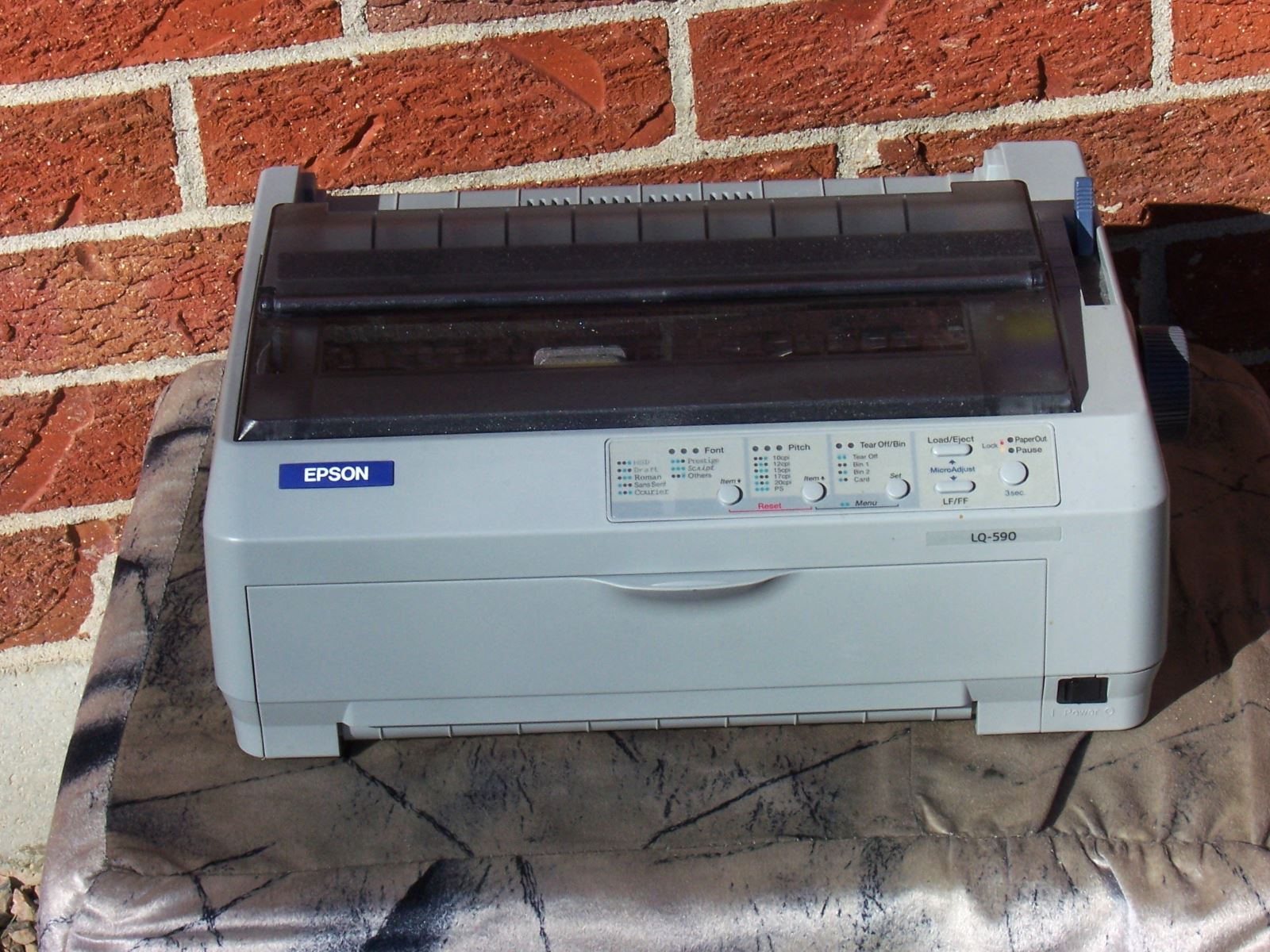
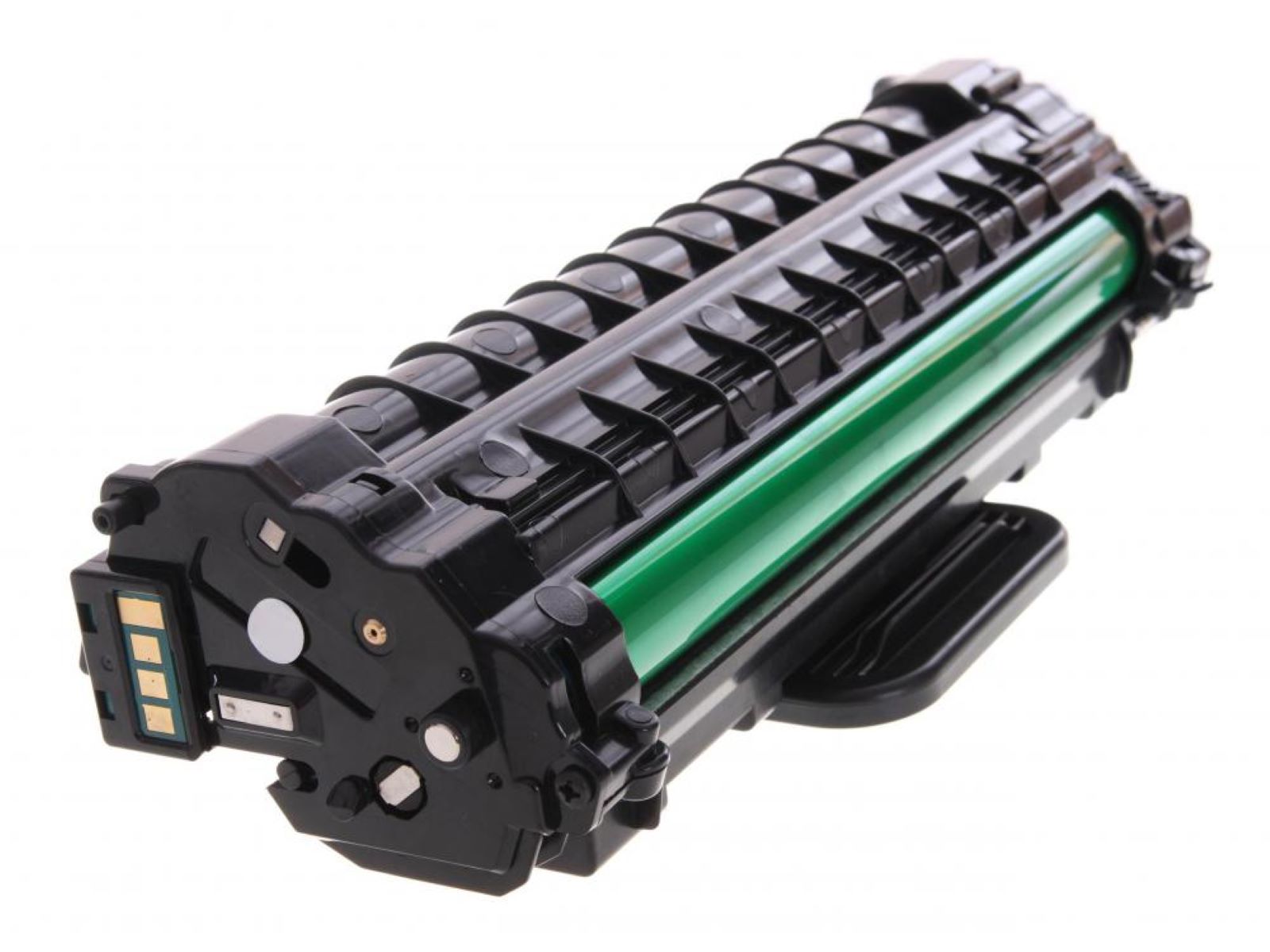
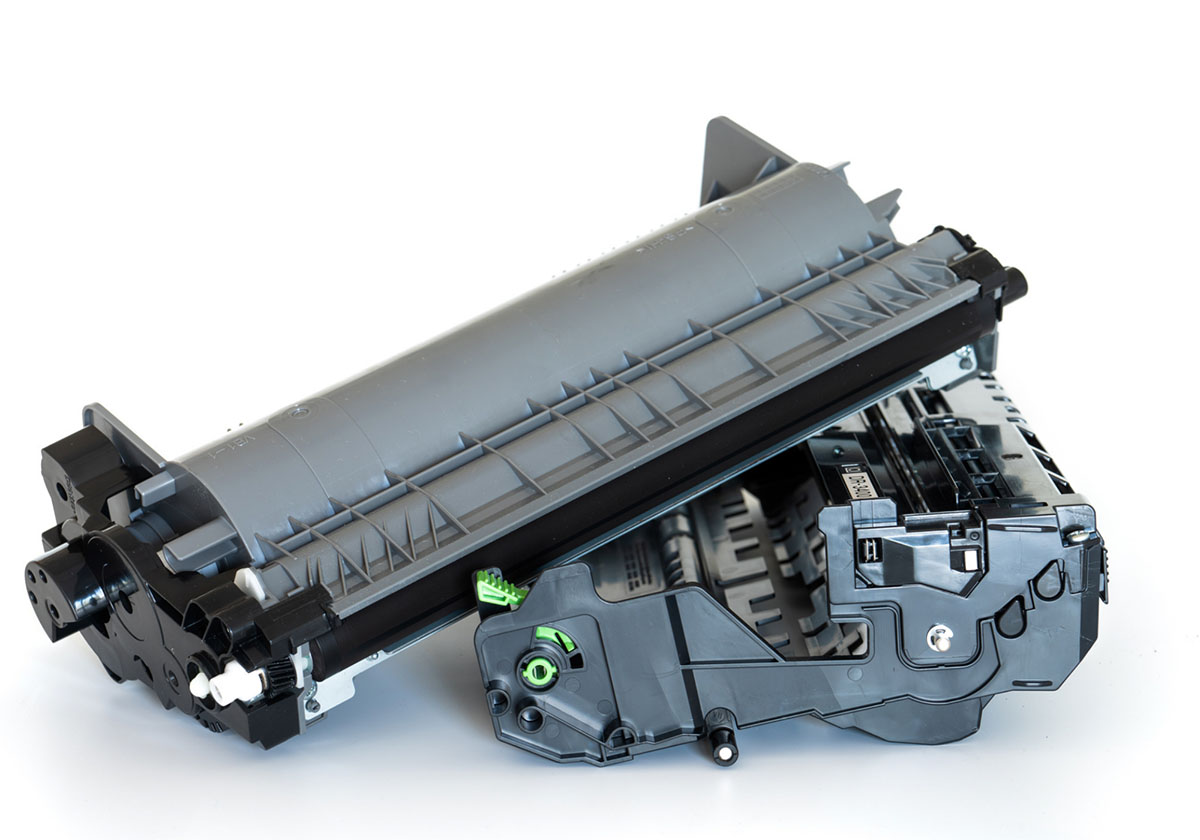

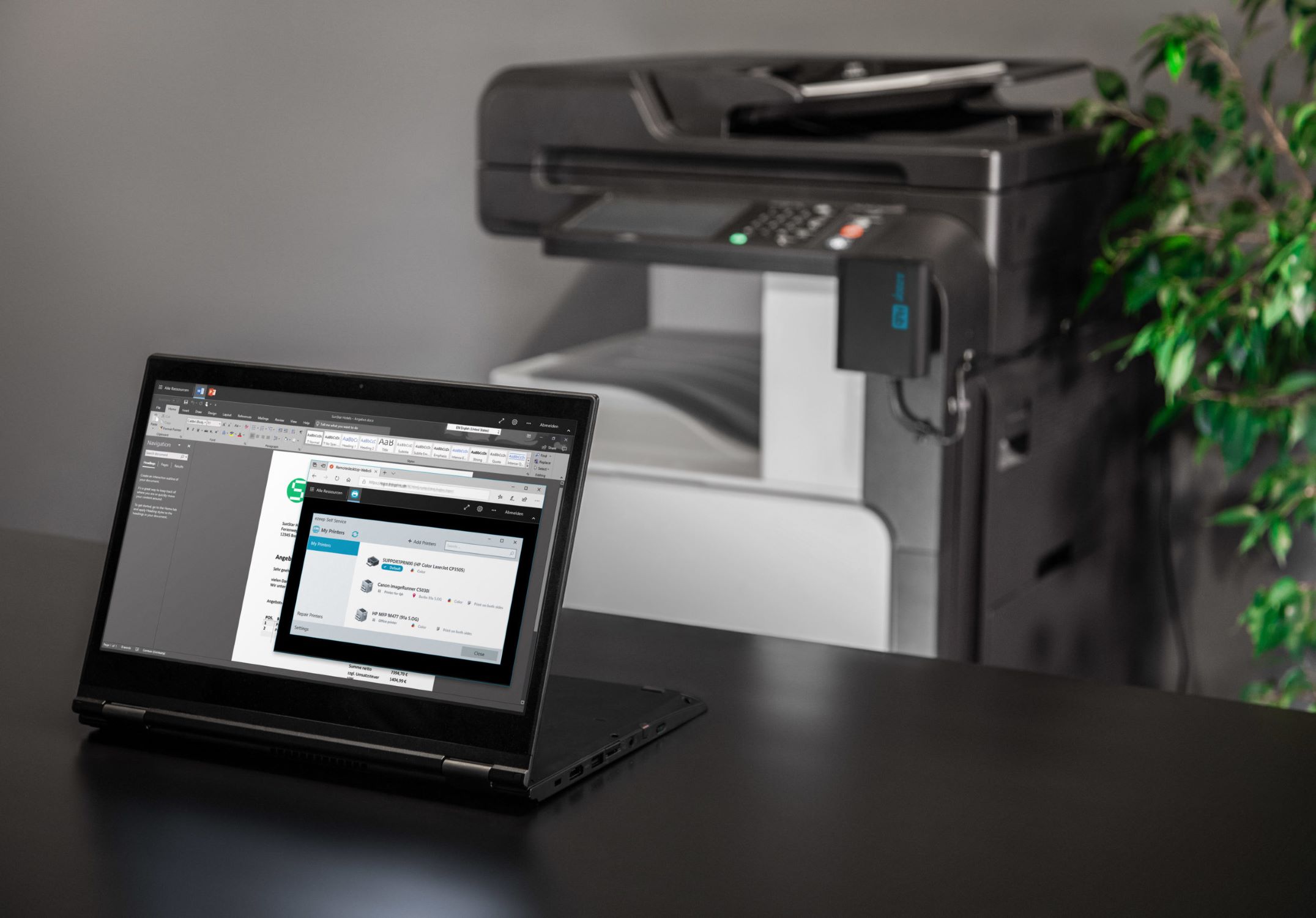

0 thoughts on “What Is A Screen Printer”